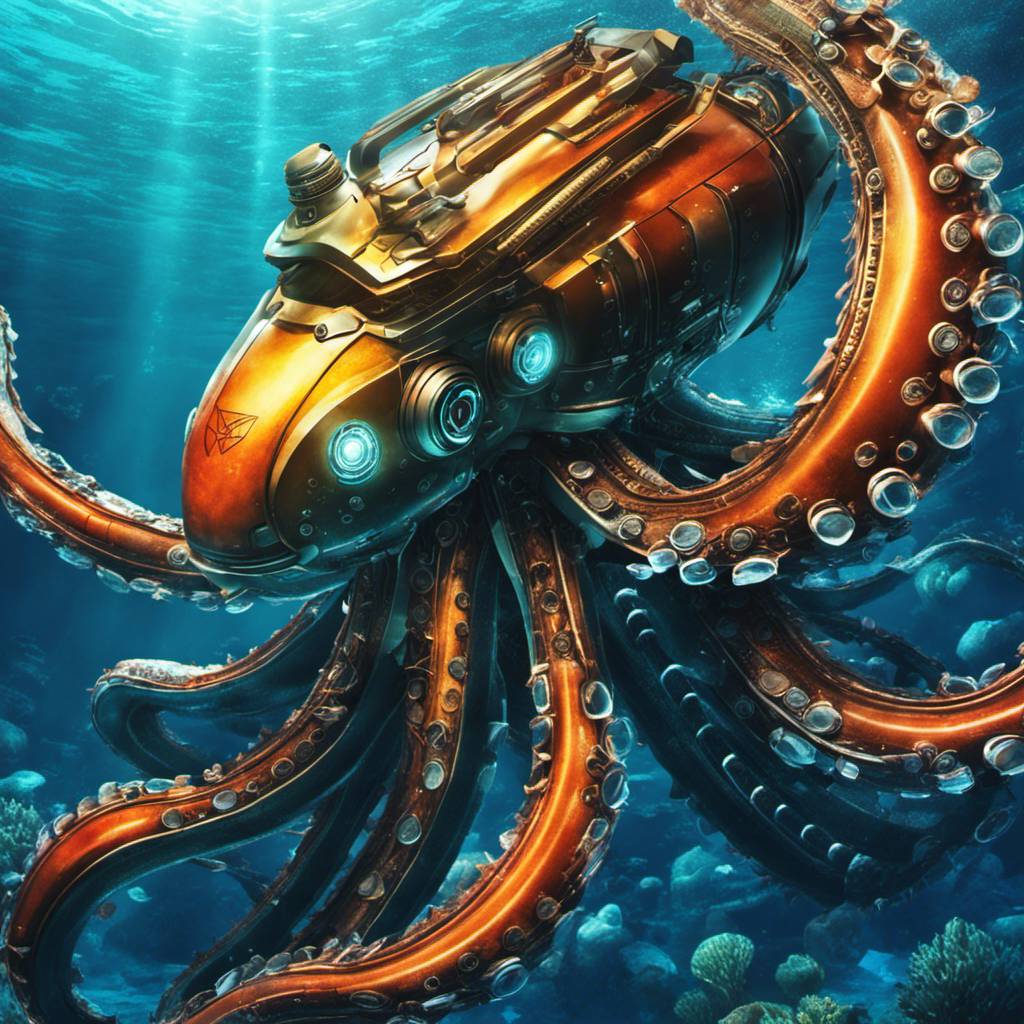Kraken Robotics Inc., a leading player in the electronics industry, recently announced its active participation in the Exercise REPMUS 23 event held in Portugal. REPMUS, an acronym for Robotic Experimentation and Prototyping with Maritime Unmanned System, saw the involvement of 15 NATO partners, including Sweden and Ireland. The exercise was aimed at fostering capability development and interoperability.
The Newfoundland-based company collaborated with three NATO navy teams from the US, UK, and Netherlands during this exercise. They employed three generations of HII’s REMUS unmanned underwater vehicles (UUVs), all of which were equipped with Kraken’s Man-Portable Synthetic Aperture Sonar (MP-SAS). The UUVs featured in the exercise included MK18 Mod 1, REMUS 100 NGR, and REMUS 300 underwater vehicles.
Kraken’s MP-SAS is renowned for its ability to deliver real-time, ultra-high resolution (2cm x 2cm) over swaths exceeding 200 meters. This is a substantial improvement compared to traditional sidescan sonars (SSS), which typically have ranges less than 60 meters. This technological advancement is a testament to the power of modern electronics and coding in enhancing underwater exploration capabilities.
The exercise also saw Kraken participating in a multinational collaborative underwater vehicle mission. The US Navy MK 18 Mod 2 embarked on a Search-Classify-Map (SCM) mission that included embedded Automated Target Recognition (ATR) for identifying contacts of interest. Programming languages played a crucial role in this operation, enabling SeeByte’s Neptune to automatically re-task the Royal Navy REMUS 100 and the Netherlands Navy REMUS 100 with Kraken SAS to perform Reacquire and Identification (RI) missions.
Kraken’s contribution to this exercise is a testament to its commitment to pushing the boundaries of underwater exploration technology. Its advanced sonar system has not only been integrated by navy customers but also by several Unmanned Underwater Vehicle (UUV) companies. These include America’s HII (REMUS 620 UUV), Israel’s Elta Systems a division of Israeli Aerospace Industries (Blue Whale UUV), and South Korea’s Hanwha (SAS AUV).
The integration of Kraken’s sonar system by these companies underscores the trust and confidence they have in Kraken’s technology. It also highlights the role of advanced electronics and computer systems in modern underwater exploration and surveillance.
In conclusion, Kraken Robotics’ participation in the NATO underwater exercise not only demonstrated the company’s advanced technological capabilities but also its commitment to international cooperation. The company’s innovative solutions, backed by state-of-the-art electronics, computers, and programming languages, are helping to shape the future of underwater exploration and security. As these technologies continue to evolve, we can expect to see even more sophisticated and efficient systems for underwater exploration and surveillance in the future.
